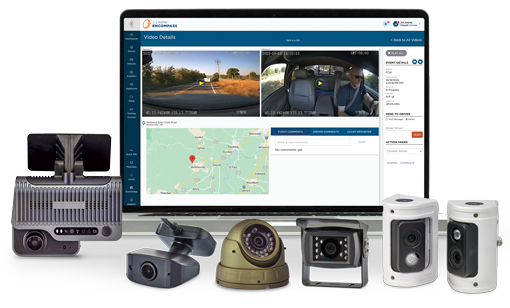Sr. Transportation Management Editor — J. J. Keller & Associates, Inc.
7 Tips for Creating DOT Policies and Procedures for Safe Driving
Meaningful policies and procedures define acceptable and unacceptable driving behaviors and affirm safety as a company priority.
Published On: 01/03/2020


Written by:
Mark Schedler
Protecting your organization calls for the creation of meaningful policies and procedures. They define acceptable, safe driving behaviors in addition to unacceptable, unsafe behaviors and the associated consequences. They also affirm safety as a company value and priority.
Remember these 7 tips as you create and review your safety policies and procedures:
- Prioritize risky behavior events and trends for timely coaching
- Provide a balanced measure of good and bad behaviors to gauge overall driver performance and risk
- Define when and how to train and retrain people (hands-on, class, online, etc.), and on which skills
- Outline when and how to discipline and terminate drivers and office employees when necessary, so it is clear to repeat offenders that they must stop the risky behavior or find another job
- Maintain complete and compliant driver qualification records that include pre-employment history, MVRs, drug test results, and other required documentation
- Outline when and how drivers will be recognized and rewarded for positive behaviors
- Establish a document and data retention policy that is approved by your legal counsel and human resources department and is consistent with the progressive discipline policy
Benefits of Being Concise
Once you communicate your organization’s policies and procedures to drivers and office employees, they will better understand performance boundaries and how they can help drive improvement within their job responsibilities.
Don’t tolerate inconsistencies regarding adherence to your company’s requirements. This can be toxic to your safety culture and could prove damaging should litigation arise.
Timely Review of Documentation
Make sure to review your written documentation regularly so it doesn’t get out of date. They are living documents and should reflect state and federal regulation changes, as well as correspond to your organization as it grows, evolves and moves forward. Use these four best practices for policy reviews:
- Date each page of your written policies or policy manual to reflect its original or last revision date. Keep a record of all changes for reference.
- Keep a file for all supporting company memos, directives, articles, and other items related to or initiated a change in policy or procedure.
- Establish a regular schedule for reviewing your policies. Make it a habit to solicit your managers for their input and updates.
- Notify employees of changes promptly. It’s wise to develop a way to track employee acknowledgment of changes, such as a sign-off form.
For additional guidance on this topic, download the ELD Policies and Procedures whitepaper.
Promote Safe Driving with the J. J. Keller® Dash Cam Pro
Managing fleet risk, identifying problematic driver behavior, and providing timely coaching and training is all possible with the J. J. Keller® Dash Cam Pro. You'll get the proof you need to effectively coach against risky driving behaviors and indisputable video evidence to protect your fleet in case of an accident. Learn more.
You may also enjoy the following articles:
Sign up for our newsletter!
We'll help you stay on top of regulations, best practices, and fleet industry news. Sign up to receive a monthly email notification with links to our most recent blog articles, free resources, and event invites.
